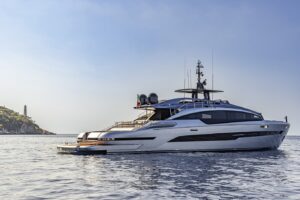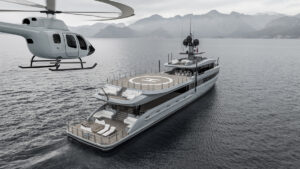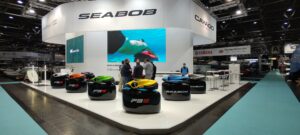Electric coaching launches…

Electric coaching launches benefit athletes and air quality.
Electric coach boats are making waves in forward-thinking sailing and rowing clubs around the world. Powered by clean, quiet electric outboards like the Cruise 10.0, an electric launch makes communication easier between coach and crew and allows the crew to practice without disturbing neighbours or wildlife. And, because they’re free of toxic local emissions, coaches can breathe easier knowing they’re keeping their crews safe during exertion.
Rowing is one of the oldest Olympic sports, with fourteen boat classes currently competing in the Games. More than 150 countries across 6 continents have rowing federations and the wide variety of classes allow participation from all ages and skill levels in what is regarded as an ideal form of exercise.
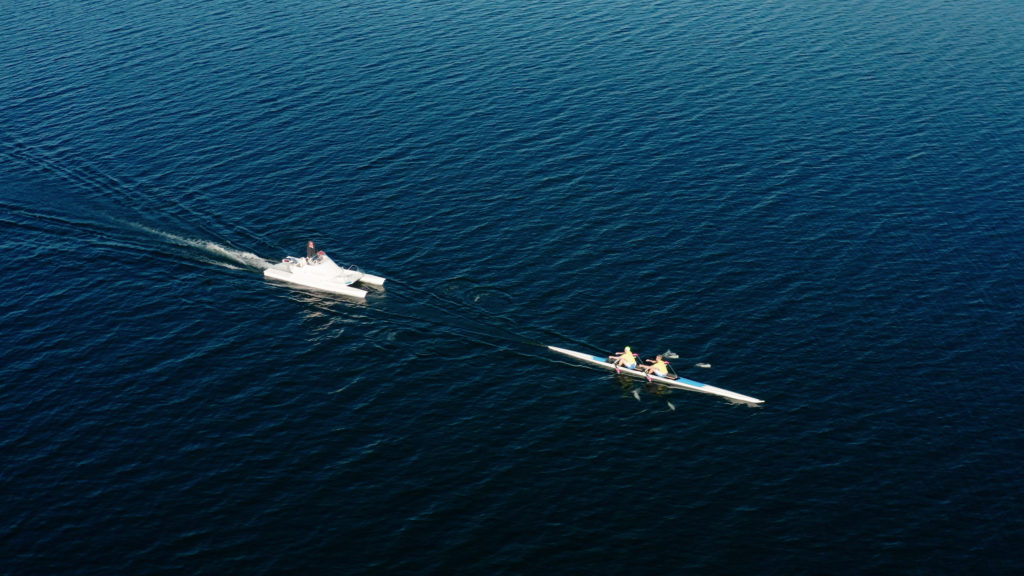
Rowing clubs are found wherever flat, calm water is available, from inner-city rivers to mountain lakes.
Clean, quiet and emission-free electric coaching launches are ideal for use in urban areas or environmentally sensitive waterways. Hungarian launch builder Hi-Tech Plast recently fitted a typical coaching boat with a Cruise 10.0 and took it for a test drive alongside two teams of elite double-scull and men’s eight rowers.
Thomas Kohler, the German distributor for Hi-Tech Plast, was on board for the first sea trial with a men’s eight (8X) team and observed that handling was very good in the electric launch.
Kohler reports:
“The biggest advantages are the low noise, no emissions, easy handling, and the low costs for recharging and service. The clubs can use an electric boat even in difficult and protected areas where petrol-driven engines are difficult to use. Rowing is close to nature – an electric drive does not damage these sensitive areas.”
The launch reached a top speed of 26 km/h and a max range of 44 kilometres at 3 km/h. Kohler also took executives from the Olympic Rowing Club Rostock and the German Rowing Association on a test ride with overwhelmingly positive feedback on performance, noise, vibration and handling.
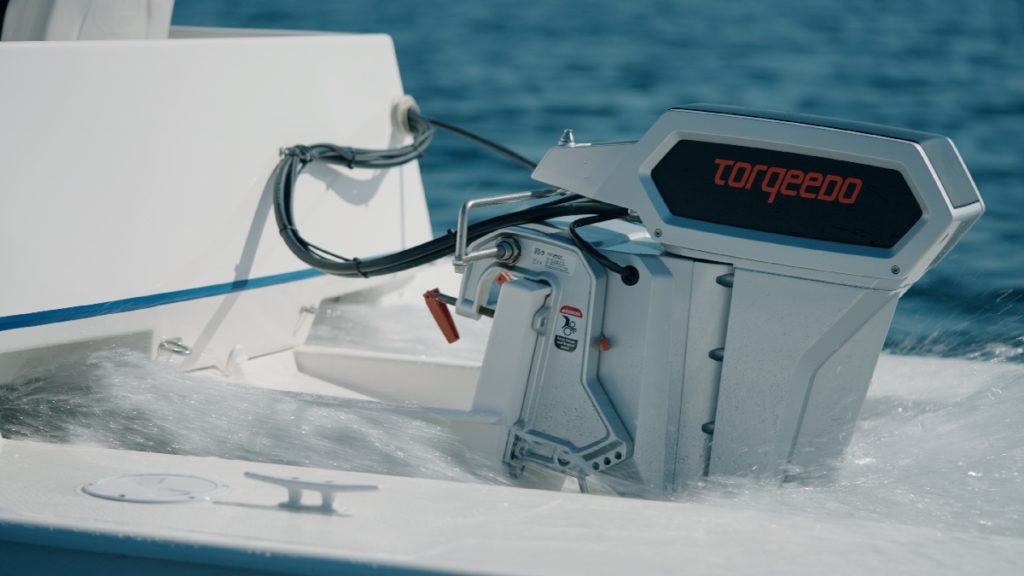
Kohler found the Cruise 10.0 met the demands of coaching well: “A normal training day is separated in different sections because there are different levels of rowers to teach and to support. Following the single, doubles, fours, and eights has different top speeds from about 14 km to 24 km/h. One session is about one to one-and-a-half hours, but in between there are several stops when the details are discussed and corrected.”
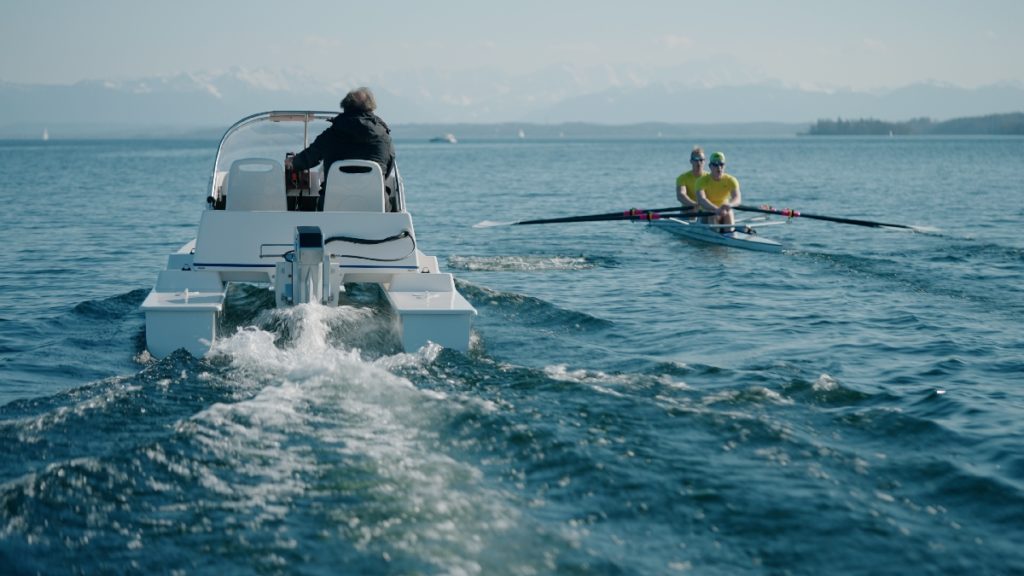
Torqeedo is the top supplier of electric propulsion systems for coach boats of all types and sizes, ranging from the inflatables common at sailing clubs to the highly efficient catamaran-style launches for rowing. The Cruise series includes outboard and pod models from 5 to 20 horsepower equivalents integrated with lightweight Power 48-5000 or Power 24-3500 lithium batteries. The Cruise 10.0 outboard includes a built-in GPS-enabled computer that provides instant readouts of vital data, including battery status and range at current speed and now ships with TorqLink, Torqeedo’s advanced electronic communications platform.
